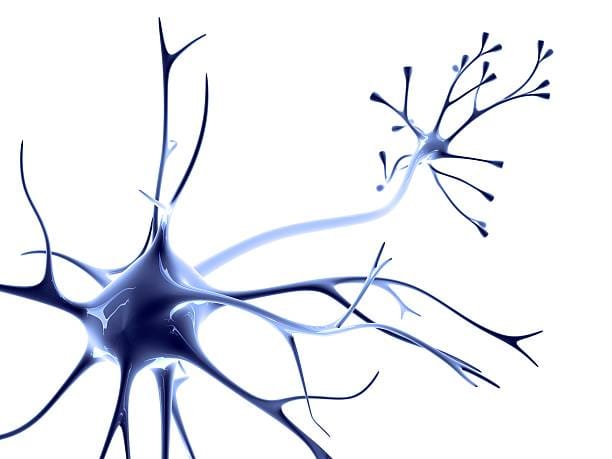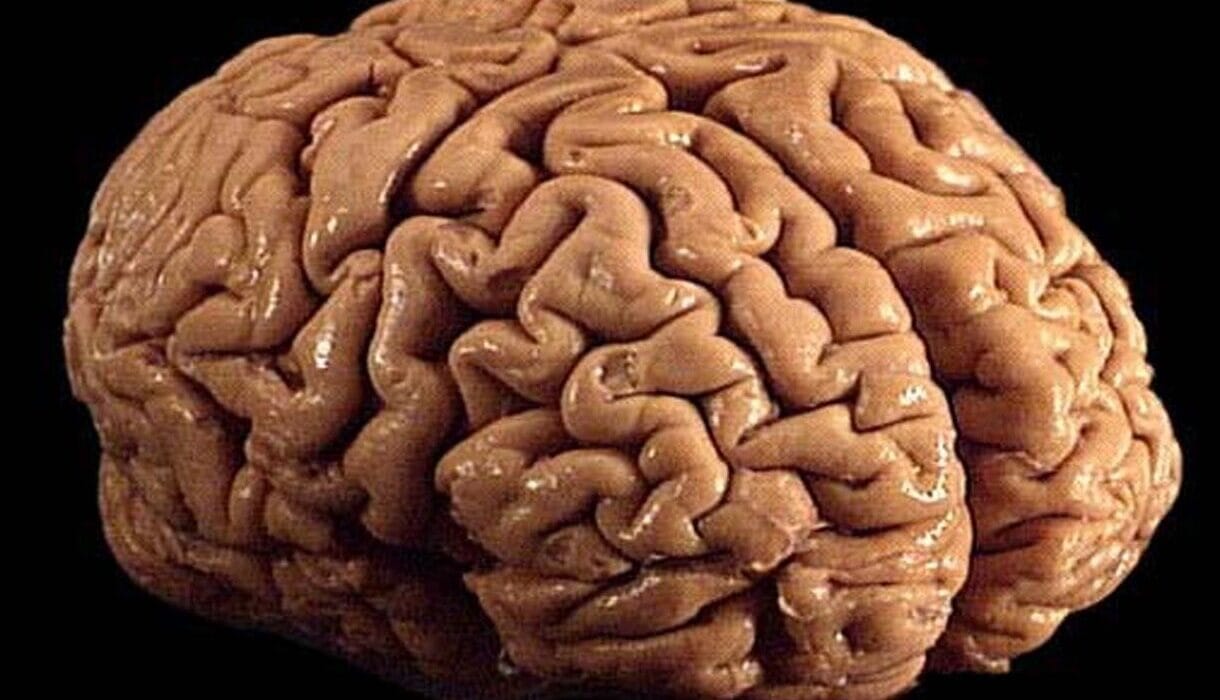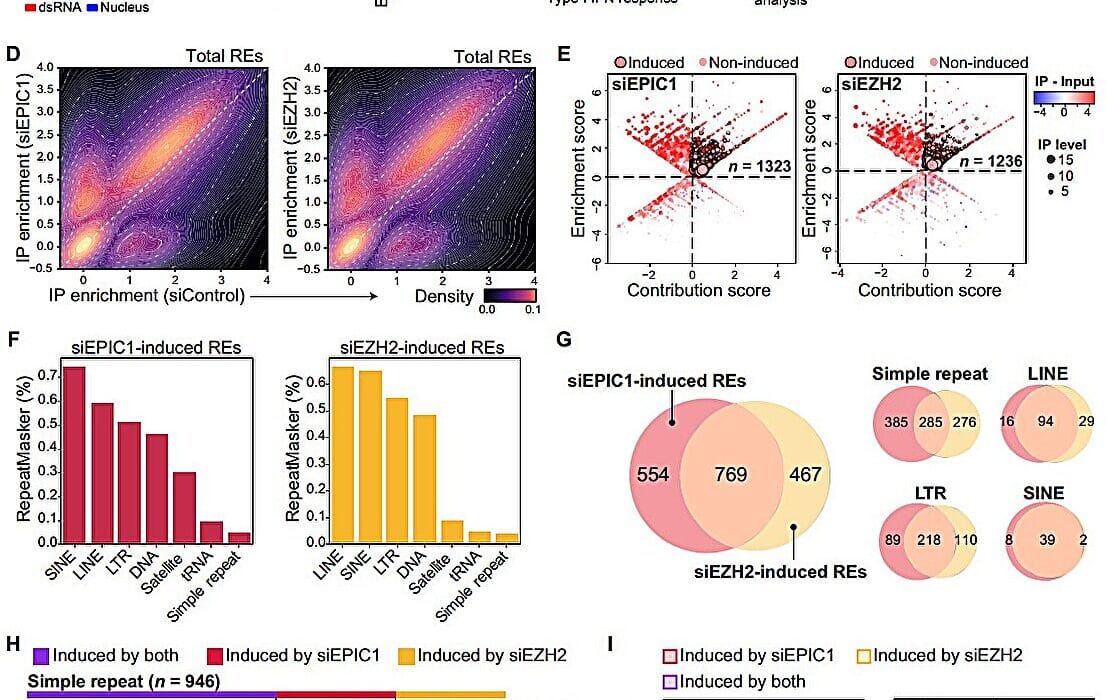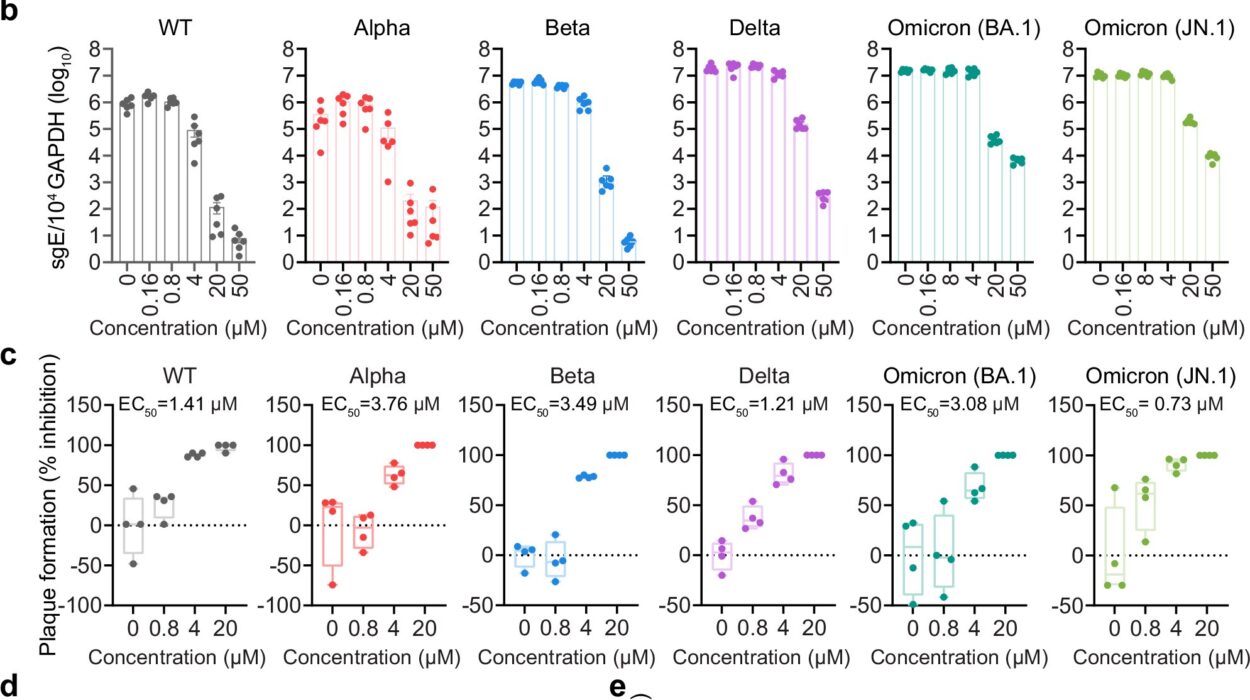For more than a hundred years, scientists have struggled to unravel the biological roots of schizophrenia, a severe mental health condition that affects how people think, feel, and perceive reality. Now, in a study of unprecedented scale, researchers at Cardiff University’s Centre for Neuropsychiatric Genetics and Genomics (CNGG) have discovered eight new genes associated with the disorder, marking one of the most important genetic advances in schizophrenia research to date.
Published in Nature Communications, the international collaboration analyzed genetic data from nearly 29,000 people with schizophrenia, over 103,000 individuals without the condition, and more than 3,400 affected families. The findings not only deepen scientific understanding of the disorder but also open new pathways toward future treatments.
“This is the largest exome-sequencing study of schizophrenia ever conducted,” said Dr. Elliott Rees, lead author of the study. “By identifying specific risk genes, we’re moving closer to uncovering the disease mechanisms that underlie schizophrenia.”
Cracking the Genetic Code of Schizophrenia
Schizophrenia has long been recognized as partly genetic, but the picture has been elusive. While common genetic variants have been shown to raise risk, pinpointing specific rare, high-impact mutations has remained a major challenge.
To tackle this, the Cardiff-led team focused on protein-coding genes, where mutations can directly disrupt how proteins work in brain cells. The analysis revealed two genes — STAG1 and ZNF136 — with the strongest evidence for involvement in schizophrenia. Six more — SLC6A1, KLC1, PCLO, ZMYND11, BSCL2, and CGREF1 — were linked with more moderate but still compelling evidence.
Two of these genes, SLC6A1 and KLC1, stand out as the first schizophrenia risk genes connected solely through missense mutations — changes in DNA that alter the amino-acid building blocks of proteins. This type of mutation can subtly, but profoundly, change how brain cells communicate.
“These findings are informative because they suggest that schizophrenia might be linked to changes in how DNA is organized within cells, and also to disruptions in how brain cells use a chemical messenger called GABA,” explained Sophie Chick, a Ph.D. student at Cardiff who worked on the study.
GABA is the brain’s primary inhibitory neurotransmitter, crucial for balancing signals in neural networks. Disruptions in GABA signaling have long been suspected in schizophrenia, and these genetic findings provide strong evidence that the connection is real.
Shared Roots with Other Brain Disorders
The study also revealed that schizophrenia does not exist in genetic isolation. Four of the newly identified genes — STAG1, SLC6A1, ZMYND11, and CGREF1 — are already linked to other neurodevelopmental conditions, including autism, epilepsy, and developmental delay.
This overlap suggests that different brain disorders may share some of the same biological foundations. Understanding these shared pathways could help researchers design therapies that cut across diagnostic boundaries, potentially benefiting multiple conditions at once.
A Leap Toward Future Treatments
Although the discovery of new genes doesn’t translate immediately into a cure, it provides an essential roadmap. Each identified gene offers a new clue about the cellular processes that may go awry in schizophrenia. Over time, these discoveries could inspire new drug targets and personalized treatments.
“Rare genetic variants have long been known to play a role in schizophrenia, but identifying specific genes linked to them has been a major hurdle,” said Dr. Rees. “Our findings expand the number of genes now confidently associated with the disorder. They offer a blueprint for uncovering the precise biological mechanisms at play.”
Currently, schizophrenia treatments rely heavily on antipsychotic medications, which can reduce symptoms such as hallucinations and delusions but often come with significant side effects and do not work for everyone. The hope is that by tracing the disorder down to its genetic and molecular roots, researchers can one day design more effective, targeted therapies.
A Human Story Behind the Science
Schizophrenia affects around 24 million people worldwide, typically emerging in late adolescence or early adulthood. The condition can profoundly disrupt education, work, and relationships, often leaving patients and families navigating a lifetime of challenges.
This makes genetic breakthroughs more than just abstract science. Each new gene discovered carries with it the promise of deeper understanding — and eventually, of relief — for millions of individuals and their loved ones.
“These results further our understanding of the complex neurobiology of schizophrenia and put us closer to the goal of advancing drug discovery and improving treatment,” said Chick.
The Road Ahead
The Cardiff team emphasizes that this is just the beginning. Only a handful of genes have been linked to schizophrenia with high confidence, and the genetic architecture of the disorder is vast and complex.
But the scale of this study marks a turning point. With advances in sequencing technology and international collaboration, researchers are finally beginning to piece together the intricate puzzle of schizophrenia’s genetic foundations.
For now, the discovery of eight new risk genes is a major step forward. It reminds us that even in the most complex conditions of the human mind, science continues to find footholds — small but vital pieces of knowledge that will, one day, help turn understanding into healing.
More information: Sophie L. Chick et al, Whole-exome sequencing analysis identifies risk genes for schizophrenia, Nature Communications (2025). DOI: 10.1038/s41467-025-62429-y






